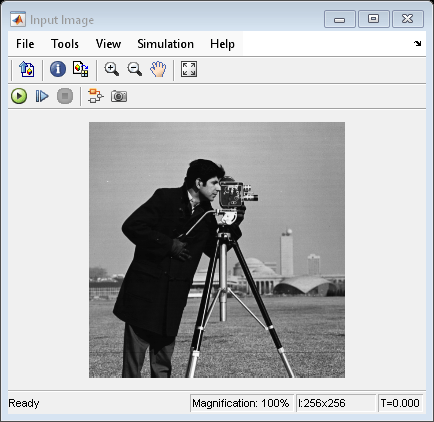2-D IDCT
Compute 2-D inverse discrete cosine transform (IDCT)
Libraries:
Computer Vision Toolbox /
Transforms
Description
The 2-D IDCT block calculates the two-dimensional inverse discrete cosine transform of the input signal. The equation for the two-dimensional IDCT of an input signal is:
where F(m,n) is the discrete cosine transform (DCT) of the signal f(x,y). If , then . Otherwise .
Examples
Ports
Input
Output
Parameters
Block Characteristics
Data Types |
|
Multidimensional Signals |
|
Variable-Size Signals |
|
More About
References
[1] Wen-Hsiung Chen, C. Smith, and S. Fralick. “A Fast Computational Algorithm for the Discrete Cosine Transform.” IEEE Transactions on Communications 25, no. 9 (September 1977): 1004–9. https://doi.org/10.1109/TCOM.1977.1093941.
[2] Zhongde Wang. “Fast Algorithms for the Discrete W Transform and for the Discrete Fourier Transform.” IEEE Transactions on Acoustics, Speech, and Signal Processing 32, no. 4 (August 1984): 803–16. https://doi.org/10.1109/TASSP.1984.1164399.
Extended Capabilities
Version History
Introduced before R2006a


